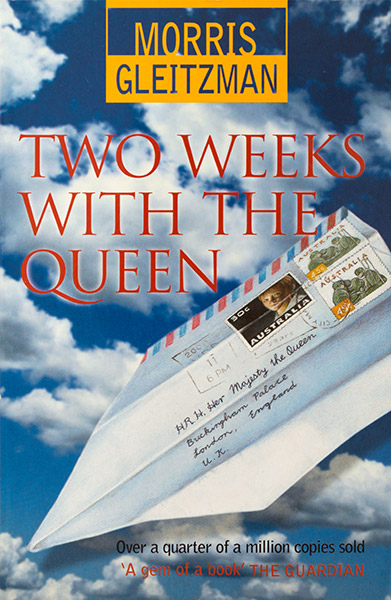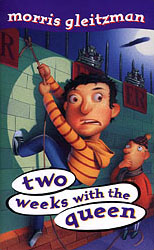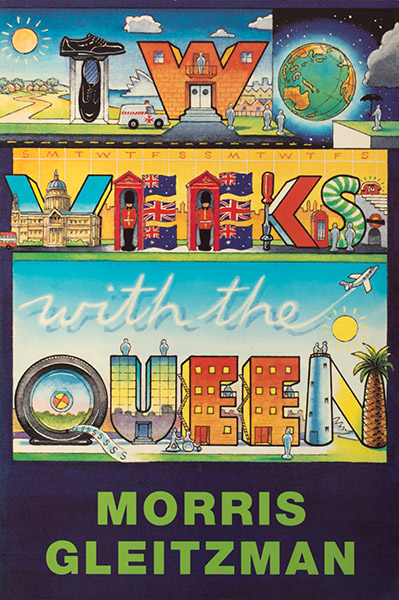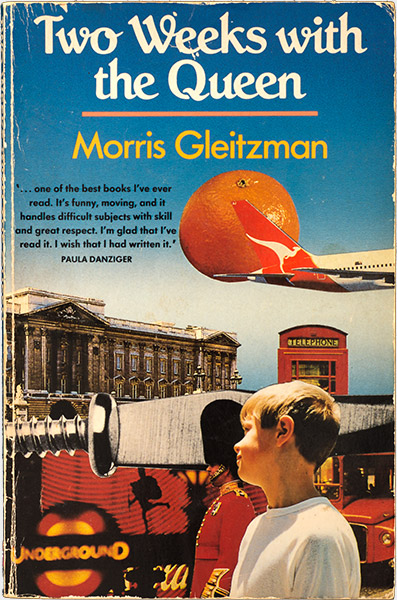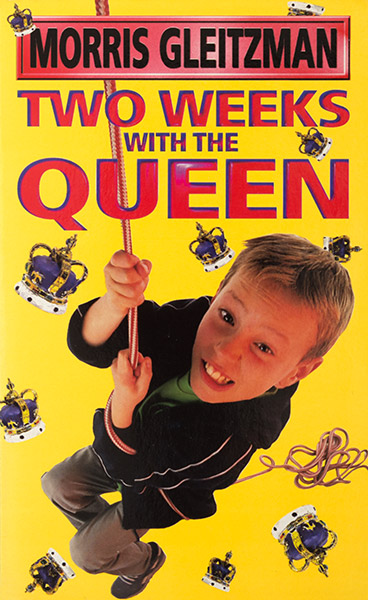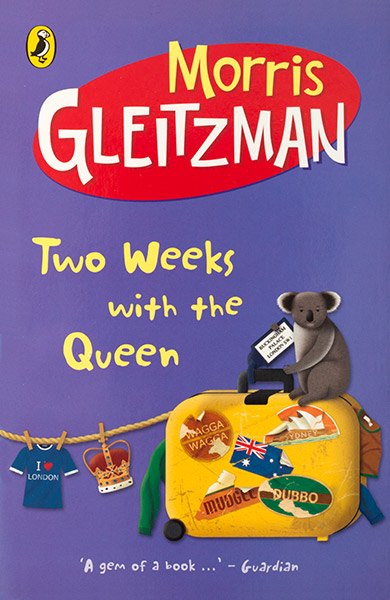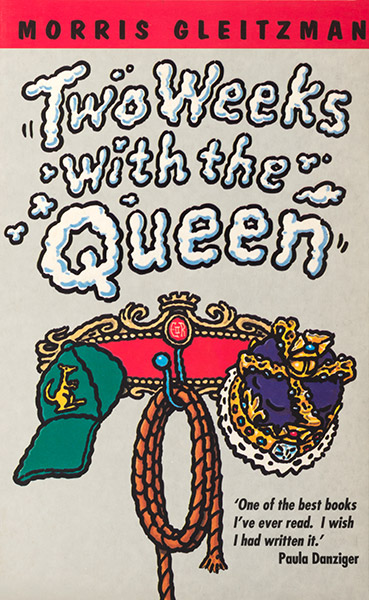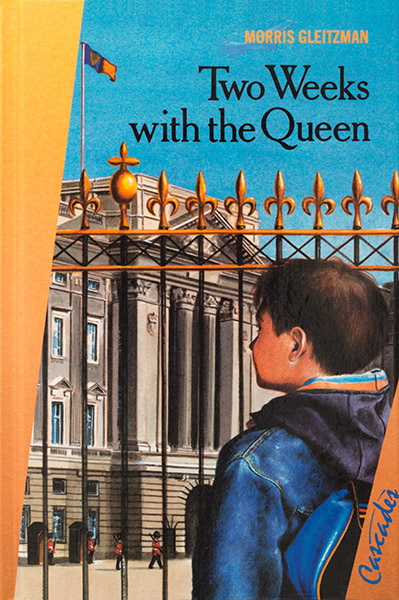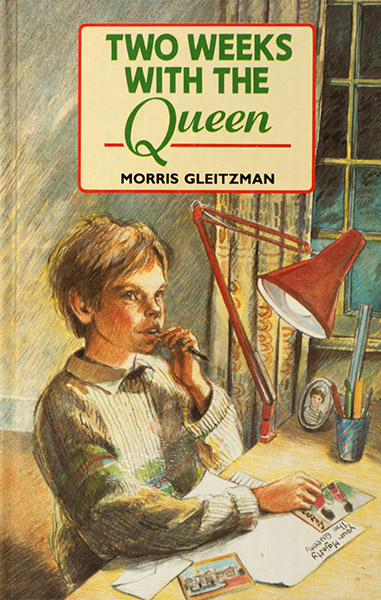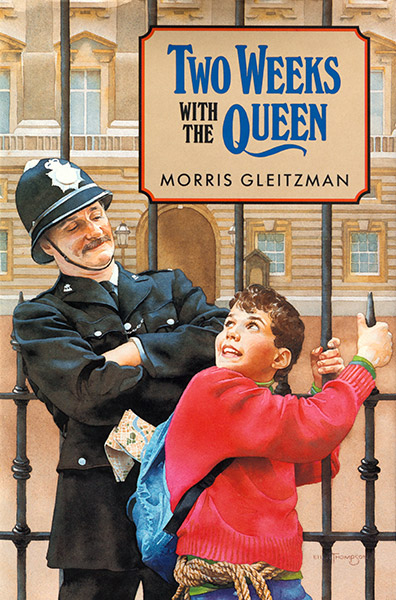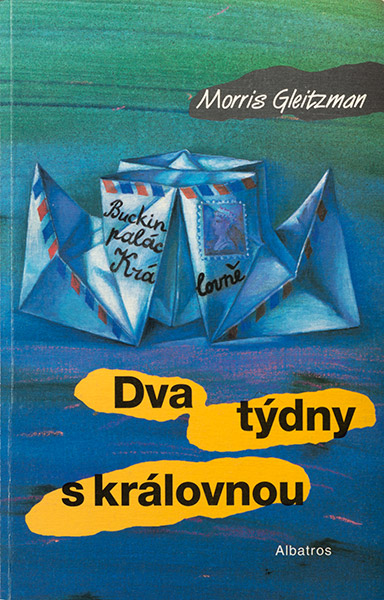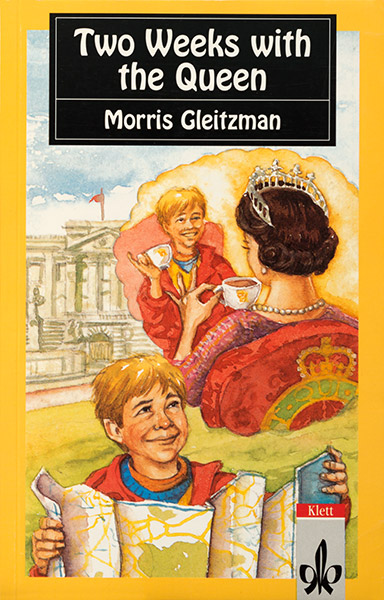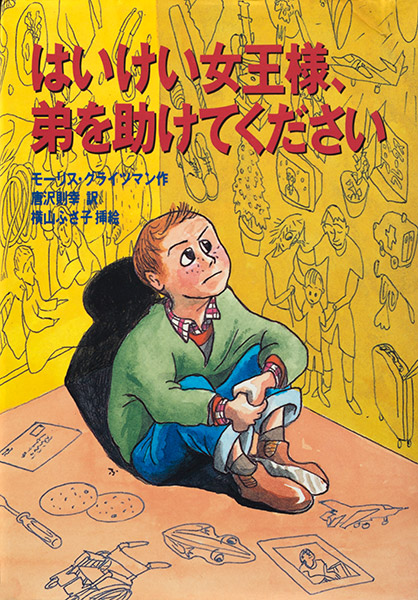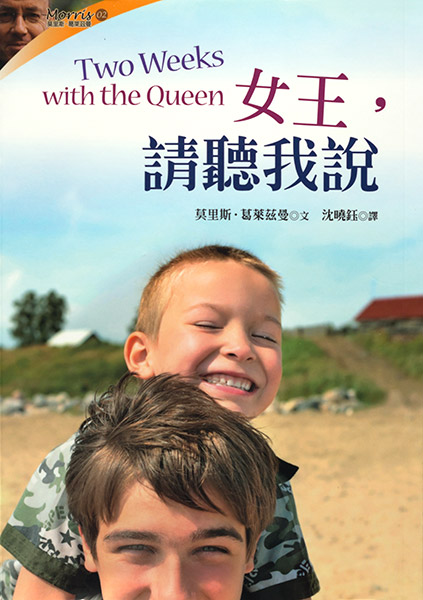The Queen looked out across the Mudfords’ living room and wished everyone a happy Christmas. Colin scowled.

This book was almost about fruit bats.
In 1988 I lived next to a large suburban bush gully which was home to many of Sydney’s flying foxes. They were the most interesting neighbours I’ve ever had.
Each evening at dusk the sky darkened dramatically as thousands of them, little furry bodies suspended from huge leathery wings, swooped off to claim their share of Australia’s export fruit industry.
I had an idea for a story about a girl who discovers the bats are under threat. It seemed a good choice for a young author who’d read all the writing manuals and was struggling to obey the rule that said write about what you know. The problem being that outside of his backyard he didn’t know much.
The notion of a young character defending her furry leathery friends from disapproving adults and their even more disapproving dogs, all in familiar surroundings, appealed to me a lot. It was an idea I was happy to spend a few months exploring in a book. Or so I thought.
I spent several weeks planning the story. With each draft of the plan, the characters and their predicaments revealed themselves a little more. Soon I’d be ready to start writing chapters. As a veteran of two previous books, I knew that’s how it worked. Step by step, month by month, the story slowly unfurling.
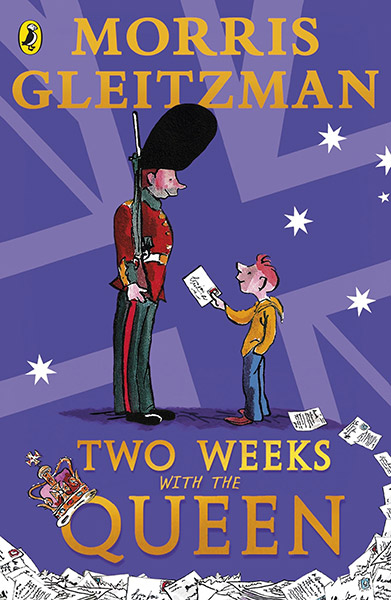
UK cover
And I felt good about this story. Fairly good. Most of the time. Until finally one afternoon I couldn’t squash a nagging feeling. Was this the story I really wanted to write? Yes, I told the feeling, now go away and let me write it or I’ll report you to the Australian Society Of Authors.
But the feeling stayed. And an hour later something happened that had never happened to me before. Another story, a totally different one, complete and fully-formed, landed in my imagination like the spaceship from Close Encounters Of The Third Kind. I gazed at it, awestruck, for about three seconds. Then I started scribbling notes. By the end of the afternoon I had an outline. The next day I started writing chapter one and a month later was finished. That first draft of Two Weeks With The Queen was sent to a publisher who, after a few gracious editorial interventions, published it.
Boy, was I excited. Talk about a brilliant career development. Forget step by painstaking step. Forget slowly unfurling. From now on I could write a book a month. I was 36 years old. I calculated the thousands of books that lay ahead of me. (Maths was never my best subject.)
Alas, and probably thank goodness, it was not to be. As time passed and my next story revealed itself with the speed of a geological era, I came to realise that probably I wasn’t ever going to write a book in a month again.
So why did I get this once-in-a-lifetime book? During the years since Two Weeks With The Queen was published, I’ve often been asked where the story came from. While words like genius and unique talent sometimes try to escape my lips, the truth is I don’t know. It’s not autobiographical. Neither of my own younger siblings was ever diagnosed with a terminal childhood illness. Consequently I’ve never crossed the globe and tried to break into Buckingham Palace to borrow the Queen’s family doctor.
Stories are rarely what they seem to be at first glance. A long time ago somebody invented metaphors, and our stories have been extra interesting ever since. Over the years I’ve had some inklings about Two Weeks With The Queen, some fleeting notions about its meaning for me. I was struck at one point by Colin’s dilemma. He has the obligatory problem that every main character must have for a story to exist, and he also has a second problem, and the nature of each is that he can only solve one. Whichever one he solves, the solving of it will guarantee he can’t solve the other. I certainly know what that feels like.
But beyond that I haven’t probed and analysed Two Weeks With The Queen. I’ve been busy writing other books. And discovering that readers and their teachers and librarians are much better at deciphering metaphors than I am.
One thing I’m sure of is that Colin and Luke and Alistair’s story was growing inside me for a long time, without me knowing, and suddenly it needed to come out and no fruit bats were going to stop it. I’m very grateful they didn’t. As well as putting me on the map as an author, Two Weeks With The Queen taught me a crucial lesson. Much as we authors might think we’re special because we can make up stories, there’s a mystery at the heart of what we do. Sometimes ideas take wing, and fill our imagination with their glorious swooping flight, and we don’t know why.
So if we’re sensible, and fair, we share the credit with that mystery. Fortunately, though, mysteries don’t have legal rights, so we don’t have to share the royalties.
A story by an unknown author needs help to find readers, and it needs luck. Two Weeks With The Queen had a lot of both, thanks to a series of benefactors.
In the early 1980s I wrote scripts for a producer in ABC-TV’s education department, Sandra Levy. When Dr Patricia Edgar started the Australian Children’s Television Foundation, she asked Sandra to help produce a series of telemovies for young people. Sandra commissioned me to write one. While my original screenplay, The Other Facts Of Life, was being filmed, McPhee Gribble offered to publish the story as a novel.
I loved rewriting my screenplay as a book, but I didn’t see how books could provide the income I needed to support a young family. So I went back to screenwriting.
In 1987 at a conference in the US, I met British TV producer Anne Wood (the future creator of Teletubbies). She noticed my copy of The Other Facts Of Life, asked to read it, and passed it on to Philippa Milnes-Smith, an editor at Blackie publishers in London.Months later, out of the blue, a letter arrived from Philippa offering me a contract to write a children’s novel for Blackie. The advance was tiny, as befitted an author who’d never written a novel from scratch. But I didn’t care. Suddenly I knew. That evening, while the sky filled with soaring neighbours, I confessed to my wife that I wanted to spend the rest of my life writing books.
After spending a few weeks on the fruitless fruit bat story, I wrote Two Weeks With The Queen and Blackie published it in the UK. But I lived in Australia and I needed an Australian publisher. My agent, Tony Williams, was friends with James Fraser, publishing director at Pan Macmillan. James read the book, and despite the difficulties in 1990 of putting out a story for young people in which a child is dying of cancer and an adult is dying of HIV-Aids, he and his team published it, and let people know about it, and persuaded them to read it.
All these years later Two Weeks With The Queen has been published in a dozen or more countries, adapted brilliantly for the stage by Mary Morris and Wayne Harrison with productions in Australia, New Zealand, the US, Canada, Japan and the National Theatre in London, championed as a possible movie for fifteen years by the irreplaceable Verity Lambert, and even turned into a stage musical in Minneapolis.
Help and luck indeed. Thank you, dear benefactors. Thank you, unforgettable neighbours. Thank you, precious mystery. And thank you to everybody who has ever opened Two Weeks With The Queen and taken Colin and Luke and Alistair into their hearts.
 Two Weeks With The Queen is available in bookshops and libraries in Australia, New Zealand, the UK and elsewhere, and online:
Two Weeks With The Queen is available in bookshops and libraries in Australia, New Zealand, the UK and elsewhere, and online:

